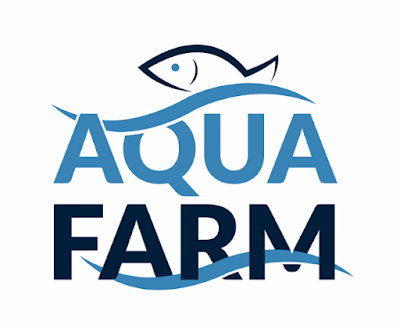Multinational feed additives producer, a pioneer in species specific health and nutrition solutions for aquaculture producers, announces the appointment of Mr Goud Dhanunjaya as Regional Sales Manager Aquaculture for the Indian sub-continent (ISC). The move is part of the continuous strategic expansion of Nutriad into the rapidly developing aquaculture market, aiming to have experienced local staff in key markets.
Mr Goud has a Master of Fisheries Science (Aquaculture) from the College of Fisheries, Ratnagiri, India and 15 years of hands on experience in aquaculture sales and technical support to shrimp farms, shrimp hatcheries, aqua feed manufacturers and fish growers in Asia.
The Indian sub-continent has shown tremendous growth in aquaculture during the past decade. The shrimp production in India has boomed from around 100,000MT in 2010 to over an estimated 800,000MT this year, whereas Bangladesh has dramatically increased the volume of farmed freshwater fish such as catfish, carp and tilapia. As a result, India is expected to become the number one producer of shrimp, surpassing China, in 2019. The ISC region has a tremendous potential in terms of water and coastal resources for future growth.
Erik Visser, CEO Nutriad commented, "The fast expansion of aquaculture is driving the need to solve a number of limiting factors for the industry, including the reduced availability of local fish oil and fishmeal and the increasing impact of diseases on productivity. Now that the integration of Nutriad and Adisseo is well advanced, we can offer the combined product portfolio of both our companies as well as the service of local support teams, to build value adding species specific solutions for our customers. This is a very exciting development that will bring us accelerated growth into the aquaculture market in the coming years."
For more information visit the Nutriad website, HERE.
 |
| Mr Goud Dhanunjaya Image credit: Nutriad |
Mr Goud has a Master of Fisheries Science (Aquaculture) from the College of Fisheries, Ratnagiri, India and 15 years of hands on experience in aquaculture sales and technical support to shrimp farms, shrimp hatcheries, aqua feed manufacturers and fish growers in Asia.
The Indian sub-continent has shown tremendous growth in aquaculture during the past decade. The shrimp production in India has boomed from around 100,000MT in 2010 to over an estimated 800,000MT this year, whereas Bangladesh has dramatically increased the volume of farmed freshwater fish such as catfish, carp and tilapia. As a result, India is expected to become the number one producer of shrimp, surpassing China, in 2019. The ISC region has a tremendous potential in terms of water and coastal resources for future growth.
Erik Visser, CEO Nutriad commented, "The fast expansion of aquaculture is driving the need to solve a number of limiting factors for the industry, including the reduced availability of local fish oil and fishmeal and the increasing impact of diseases on productivity. Now that the integration of Nutriad and Adisseo is well advanced, we can offer the combined product portfolio of both our companies as well as the service of local support teams, to build value adding species specific solutions for our customers. This is a very exciting development that will bring us accelerated growth into the aquaculture market in the coming years."
For more information visit the Nutriad website, HERE.
The Aquaculturists
This blog is maintained by The Aquaculturists staff and is supported by the
magazine International Aquafeed which is published by Perendale Publishers Ltd
For additional daily news from aquaculture around the world: aquaculture-news




















